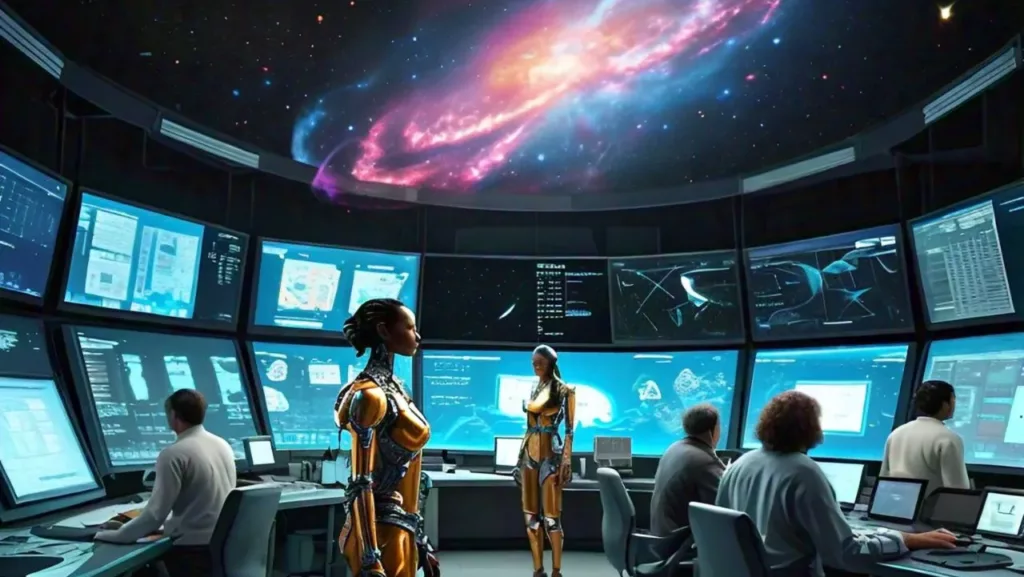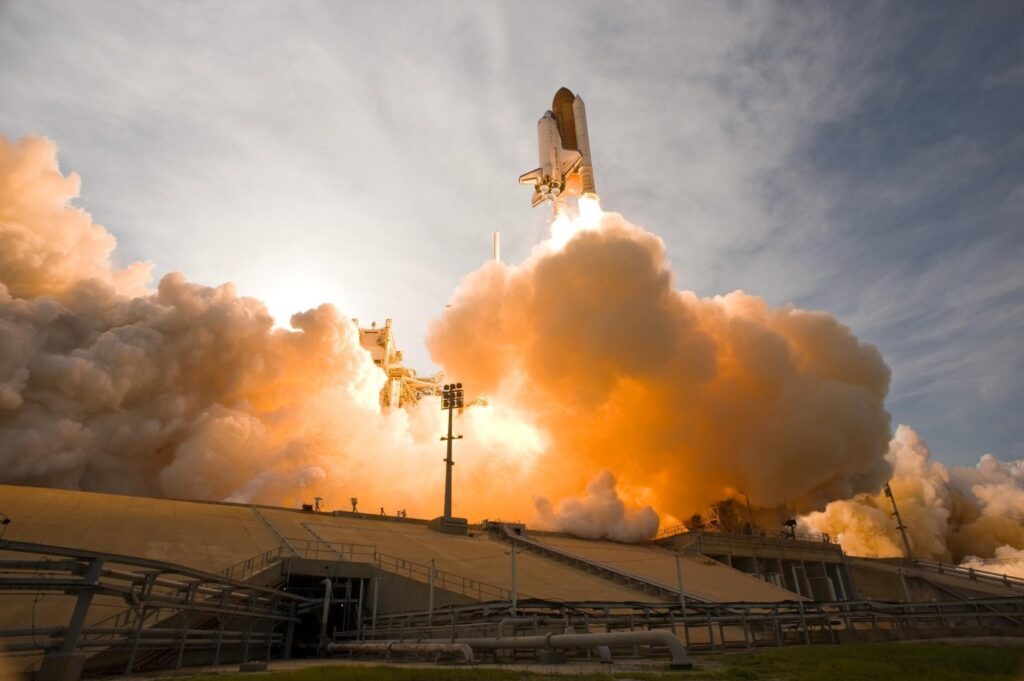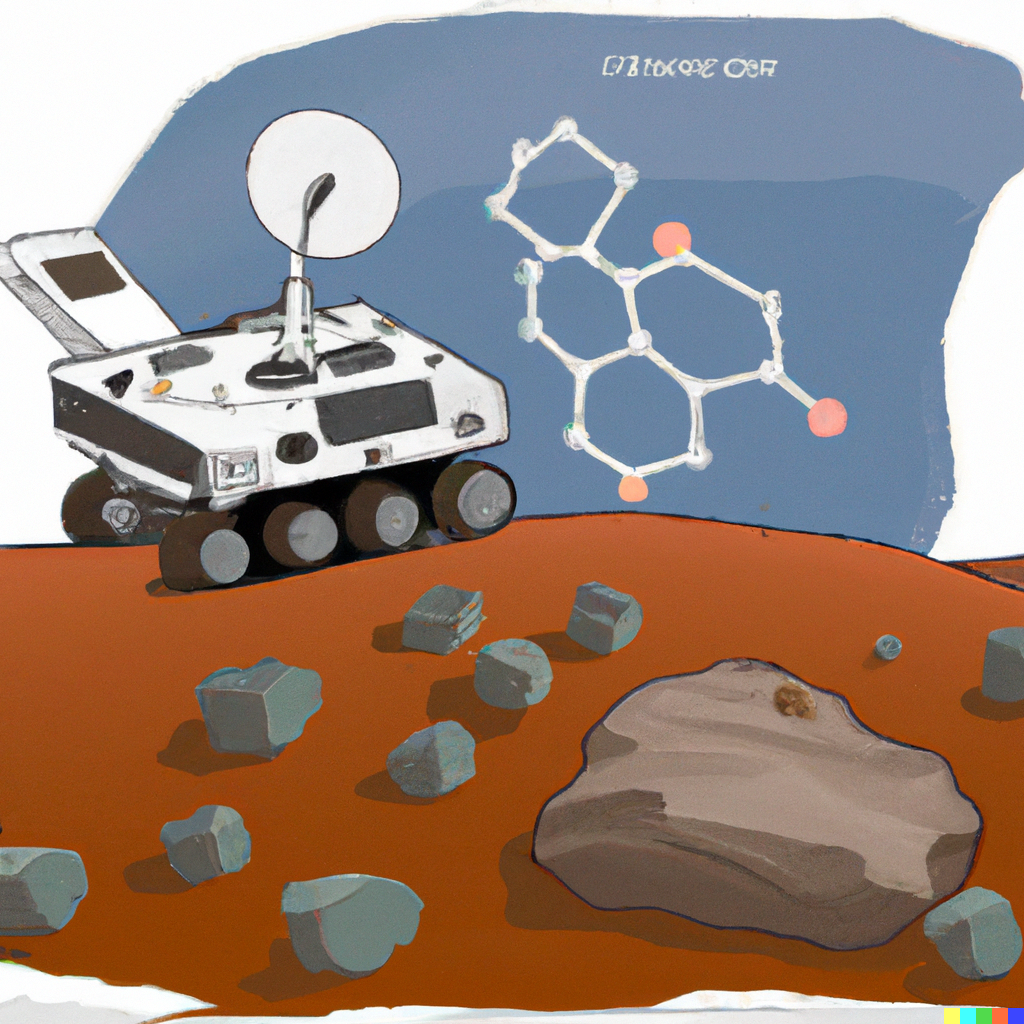AI and the Cosmos
Over the past few years, artificial intelligence has rapidly become one of the most valuable tools in astronomy, unlocking new discoveries previously hidden within massive datasets. The power of AI to analyze data faster than ever allows scientists to take leaps in understanding the universe. AI applications range from classifying galaxies to detecting solar flares and even to the depths of exoplanet atmospheres within this new research emerging almost weekly.
Processing huge loads of information is what has been particularly timely with next-generation telescopes, producing data on unprecedented scales. This article will outline how AI is helping astronomers make sense of the cosmos and why that technology is well-poised to revolutionize our understanding of space.
The Data-Processing Power of AI
The very strength of AI lies in its ability to give importance to combing through enormous data at speeds far faster than that of a human. This also means with bigger and stronger telescopes, they are generating more data than ever previously produced, thus creating a bottleneck for astronomers who have to process all this data. AI, specifically machine learning, is able to handle this data overflow with ease as it allows researchers to take on problems they couldn’t tackle before due to complexity or time-consuming nature.
We can do with [AI] things we couldn’t do before because they are too computationally expensive,” says Daniela Huppenkothen, astronomer and data scientist at the Netherlands Institute for Space Research and a recent interviewee for MIT TR.
The Vera C. Rubin Observatory: A Data Revolution in the Making
One telescope in particular is the source of much excitement about AI among the astronomy community: the Vera C. Rubin Observatory. Targed for completion by January 2025, this will image the entire sky every few days for ten years. Its Legacy Survey of Space and Time contribution will result in an impressive 60 petabytes of data during that timealone-a treasure trove of much more than any human eye could possibly review on his or her own.
The sheer volume of data that will flow in the next few decades from Vera C. Rubin Observatory and other major surveys will be too vast and too rich to be fully exploited with current techniques,” Sethuraman Panchanathan, director of the National Science Foundation (NSF), emphasizes in this regard.
The observatory’s data will allow students and seasoned researchers alike to mine for informative insights, which could lead to “amazing discoveries that might otherwise remain hidden.”
Discover the Vera C. Rubin Observatory and its revolutionary LSST program.
Machine Learning: The AI Behind Astronomical Breakthroughs
Machine learning algorithms form the bulk of AI’s effects on astronomy. Despite their frequent description as “intelligent,” they are actually pattern-recognition tools designed to learn from their data sets. These machines learn, and thus are best applied in applications such as galaxy classification, for which astronomers have traditionally relied on manual image inspection. This approach is inefficient, though, due to human limits in terms of available time and visual acuity.
Machine learning not only speeds up the classification process, it also notices smaller features than the eye can see, such as faint wisps along the edges of galaxies or fainter galaxies more difficult to detect. Some researchers also apply AI to better measure distances of galaxies, which, if it works, may provide a window into a new understanding of one of the greatest cosmic mysteries: dark matter.
The Square Kilometer Array Observatory: And How to Push AI Even Further
While the Vera C. Rubin Observatory is staggering, another future undertaking will produce even more information: the Square Kilometer Array (SKA) Observatory. The vast network of radio dishes and antennas straddling Australia and South Africa will output an astonishing 300 petabytes of data a year—almost four times that quantity of data that LSST will produce in the course of a decade!
Astronomers expect to analyze this huge dataset with the help of AI: for information about the very first stars formed in the universe. The amount of data coming from SKA is so enormous that processing it without the help of AI’s data-crunching abilities will not be possible.
Explore the Square Kilometer Array Observatory and how AI is helping discover the secrets of the universe from its earliest days.
The Role of AI in Great Discoveries
The potential for AI is not just for future projects-it’s also already playing an important role in a number of groundbreaking discoveries that have already occurred. For instance, it is working on enhancing the famous first-ever image of a black hole captured by the Event Horizon Telescope. This algorithm allowed the astronomers to make images that have clarity they never thought was possible.
Machine learning has assisted in the search for exoplanets; it has facilitated the excavation of smaller, Earth-like planets, which, as everyone knows, are notoriously challenging to find because their stellar interference makes noise-at least, it does for traditional astronomers. But AI can separate the signal from the stellar noise. More conventionally, machine learning has been used for decades to classify supernovae, or exploding stars, which helps astronomers improve understanding of these cosmic events.
Machine learning is basically changing my field completely. Every time I think about it, my mind blows, and it lets us ask new science questions,” says Joel Leja, astronomer Penn State.
Conclusion: Artificial Intelligence Revolutionises Astronomy
As AI continues to advance, its effect on astronomy will only continue to proliferate. From streamlining work in galaxy classification to unveiling the secrets of dark matter, the capacity of AI to interact with sheer datasets will lead to discoveries which can’t be carried out today. The Vera C. Rubin Observatory and the Square Kilometer Array will unleash unprecedented data flows which will bring more opportunities for AI to continue revolutionizing our understanding of the cosmos.
So, with the superpower processing capabilities of AI, the astronomy world will finally see breathtaking steps toward the unmasking of some of the cosmos’ greatest mysteries.
Key Takeaways:
- In astronomy, AI accelerates the processing of data that was hidden in the human eye.
Machine learning is a necessity to classify galaxies, find exoplanets, and refine measurements of cosmic distances.
The Vera C. Rubin and SKA Observatories will create unprecedented data, entirely dependent on AI for analysis.
Unlocking the universe’s secrets is faster than ever, with the next generation of astronomers harnessed powers of AI.
For More Updates: Space – Artificial Intelligence



